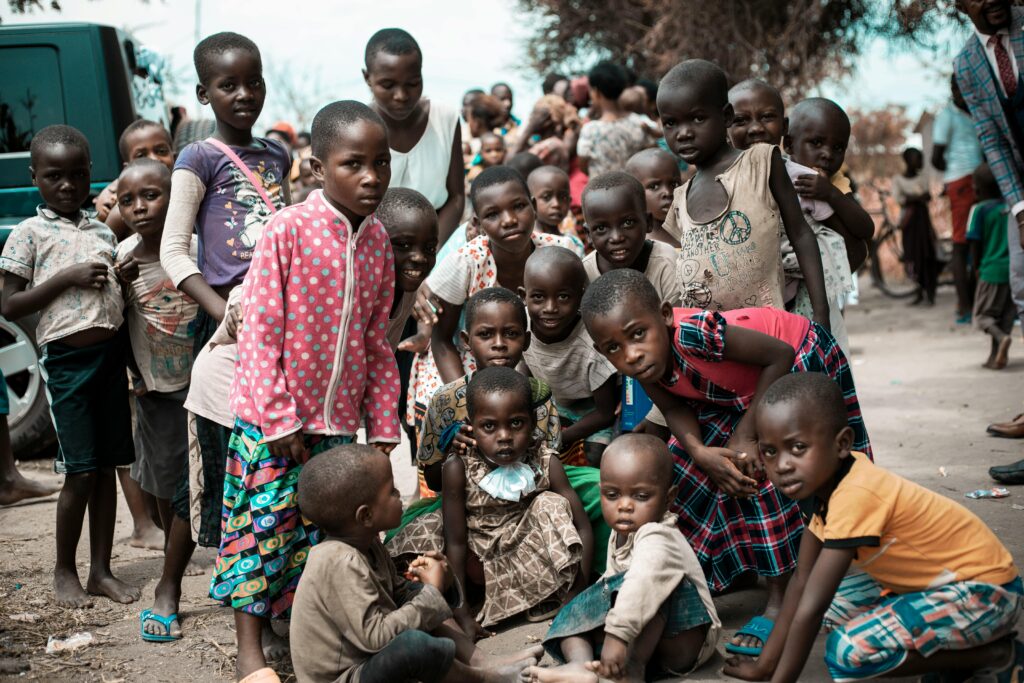Summary
Adverse Childhood Experiences (ACEs) cast long shadows over the lives of many children, profoundly impacting their mental, emotional, and physical well-being. In Uganda, a significant number of young offenders in the juvenile justice system carry the burden of these traumatic experiences, often rooted in abuse, neglect, or household dysfunction. As a result, many find themselves trapped in a cycle of delinquency, with limited opportunities for rehabilitation within remand homes.
This article delves into the unfortunate reality faced by these children while also exploring the correlation between ACEs and juvenile delinquency in the Ugandan context. It also highlights the urgent need for trauma-informed care and structured support systems to break this cycle and foster healing amongst the child offenders.
Adverse Childhood Experiences (ACEs) refer to traumatic events that occur during childhood and can significantly affect a person’s mental, emotional, and physical well-being. Common examples of ACEs include:
- Abuse: Physical, emotional, and/or sexual abuse.
- Neglect: Physical or emotional neglect by caregivers.
- Household Dysfunction: Exposure to household mental illness, substance abuse, domestic violence, parental separation or death.
Research has shown a strong correlation between ACEs and juvenile delinquency. Children who experience high levels of ACEs are at a greater risk of engaging in delinquent behavior, including petty offenses. Individuals with high ACE scores often struggle with mental health issues such as depression, anxiety, and behavioral problems. These challenges can lead to negative coping mechanisms, increasing the likelihood of criminal behavior.
The Ugandan Context.
In Uganda, many children in remand homes come from backgrounds filled with adversity, such as poverty, family instability, and abuse. These circumstances exemplify ACEs, resulting in emotional and psychological scars that can manifest as delinquent behavior. Without appropriate interventions, these children are often caught in a cycle of re-offending.
It should be noted that rehabilitation within Uganda’s remand homes is limited, often falling short of providing structured, transformative programs due to resource constraints and unstable detention periods. While children in remand homes are typically kept occupied with basic activities, such as watching TV and participating in recreational games, the lack of a consistent curriculum or comprehensive support services means these activities often do not translate into substantial rehabilitation. According to officials in Uganda’s Ministry of Gender, Labor, and Social Development, children spend varying amounts of time on remand, which complicates implementing structured, long-term programs aimed at behavioral change. Consequently, any educational or vocational opportunities remain minimal, with children often moving to the National Rehabilitation Centre in Kampiringisa post-sentencing, where some vocational training, like carpentry or farming, is offered through partnerships with not-for profit organizations.
What is the way forward?
- Trauma-Informed Care: Implementing trauma-informed practices in remand homes creates a supportive environment where young offenders feel safe and understood. This approach emphasizes building trust and promoting resilience among the child offenders.
- Psycho-social Support Programs: Structured programs that provide psychological counseling and emotional support help children process their traumas and develop healthier coping strategies. These programs can include group therapy and individual counseling
- Community and Family Engagement: Involving families in rehabilitation ensures that children receive support beyond the remand homes. Family therapy and community outreach can help address systemic issues
- Training for Staff: Training staff in recognizing and responding to ACEs equips them with the skills necessary to support the emotional and psychological needs of these child offenders.
By addressing the impacts of ACEs through the above strategies, we can begin to reshape these facilities from holding cells into supportive environments that reduce re-offending. With trained staff and a focus on healing, remand homes can become spaces where children not only receive justice but also find the care and guidance needed to rebuild their lives, ultimately contributing to a safer and more compassionate society.


